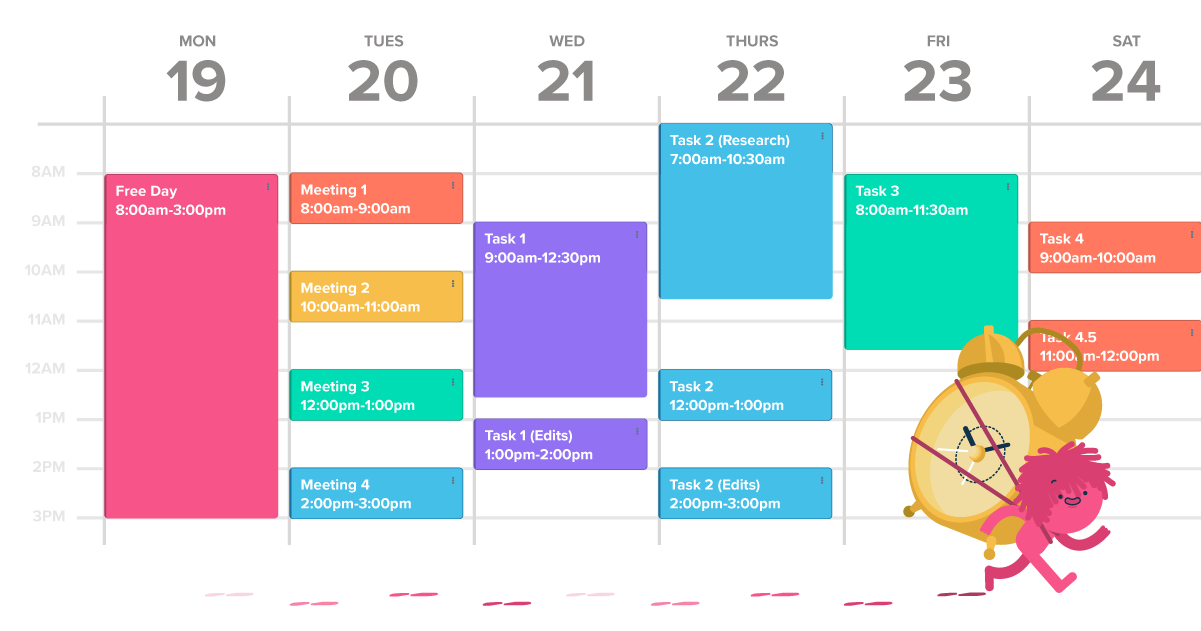What is Clearing?
Clearing is a process used by universities in the UK to fill any remaining spots on their courses after the initial application rounds. It provides students who didn’t get an offer from their chosen universities or who applied late, a second chance to secure a place at university. This pathway is particularly important for students whose exam results didn’t go as expected, as it allows them to find alternative options quickly.
Clearing is managed through the UCAS system, and it operates during the summer months after exam results are released. Thousands of students each year successfully find university courses through clearing, covering a wide range of subjects.
When does Clearing open?
Clearing usually opens in early July, shortly after the final application deadlines pass. The next date when Clearing opens is 5th July 2025.
However, the main period for clearing takes place in mid-August, when A-level results are released. The exact dates can vary slightly each year, but typically, A-level results day marks the start of the busiest clearing activity, as many students begin their search for alternative courses. The next A-level results day is the 14th of August 2025.
Clearing for 2024 remains open until 21st October, giving late applicants or those who didn’t secure their first-choice places plenty of time to find a university spot. The next date for when Clearing closes in 2025 is the 20th of October.
How does Clearing Work?
Clearing is designed to be a straightforward process, allowing students to browse available university courses and apply for those with vacancies. Here’s how it works:
- Check eligibility: Students become eligible for clearing if they have not met the conditions of their university offers, declined their firm or insurance choices, or if they didn’t receive any offers in the first place.
- Browse courses: Once in clearing, students can search for available courses using the UCAS search tool or individual university websites. Many universities list vacancies across a wide range of subjects, including some highly competitive courses.
- Contact universities: After identifying a course, students can contact the university directly, either by phone or through online systems. This gives them the opportunity to discuss their qualifications and express interest in the course.
- Receive offers: If the university is interested, they may offer the student a place. It’s essential to consider offers carefully, ensuring the course and location are the right fit.
- Accepting an offer: Once an offer has been made and the student accepts it, they can add the choice on UCAS to confirm their place.
Example of how clearing works:
James applied to study Business Management at his top-choice university. However, he didn’t receive any offers due to highly competitive entry requirements. James used the UCAS Clearing search tool to explore available courses after A-level Results Day. He found a Business and Entrepreneurship program at a different university that caught his attention due to its focus on start-up culture and practical experience.
James quickly called the university to express his interest, and after discussing his qualifications, they offered him a place. The course turned out to be a great fit, and James is now thriving in his studies. By acting swiftly during the clearing process and being open to new options, James was able to secure a course aligned with his ambitions.
Examples of Why Students Apply for Clearing:
- Missed conditional offers (aka, not meeting the required grades)
- No offers from Universities
- Change of mind on the course
- Late applications
- Better opportunities or courses in different Universities
- Flexible options for Foundation or Access Courses
- Unexpected personal circumstances

UCAS Clearing Courses
Courses available in clearing cover a wide range of subjects, from business and engineering to arts and social sciences. UCAS provides a clearing search tool, where students can explore vacancies in specific subjects, universities, or regions.
The availability of courses in clearing can change quickly, particularly for popular subjects, so it’s crucial to act fast when a course that matches your interests becomes available. Universities may offer places on both undergraduate and foundation courses, depending on the subject and entry requirements.
It’s also worth noting that some courses may have additional requirements, such as portfolios or interviews, even during the clearing process.
Medicine clearing
Medicine is one of the most competitive courses in the UK, and vacancies for medical degrees in clearing are extremely rare. However, some universities may offer spots on related courses, such as biomedical sciences, which could later offer a route into medicine.
Students interested in studying medicine who haven’t secured a place through the usual application cycle should also consider other options, such as gap years or applying to universities with alternative entry schemes. UCAS and university websites are good starting points for exploring related options.
How to add a Clearing Choice on UCAS
Once you’ve received an offer from a university through clearing and you’ve decided to accept it, you need to officially add the choice on UCAS. The process is simple:
- Log in to your UCAS account.
- Find the ‘Your choices’ section: There, you will see the option to ‘Add Clearing choice’.
- Enter the course details: You’ll need to provide the course code, institution name, and any other relevant information from the offer you’ve received.
- Submit your clearing choice: Once you’ve submitted the form, UCAS will confirm with the university that you’ve accepted their offer.
It’s important to note that you can only add one clearing choice at a time. If you change your mind or receive a better offer, you must withdraw your first choice before adding another one.
For more detailed guidance, UCAS provides step-by-step instructions on their official website.
Clearing is a useful tool for students who need alternative university options after results day or those applying later in the academic cycle. By understanding how clearing works, when it opens, and how to navigate the UCAS system, students can take control of their future and secure a university place. Be sure to regularly check the UCAS clearing portal for up-to-date information on course vacancies.
Frequently Asked Questions (F.A.Qs)
Clearing is a process that allows students who haven’t secured a university place during the main application rounds to find a course with available spots. It is primarily for students who either didn’t meet the conditions of their university offers, applied late, or didn’t receive any offers.
A clearing university refers to any university in the UK that participates in the clearing process by offering remaining course vacancies to students who are eligible. Almost all UK universities have clearing places available each year, across a variety of subjects, including both undergraduate and foundation programs. Clearing universities list available courses on the UCAS clearing search tool, which allows students to browse and select courses that fit their qualifications and interests.
Clearing typically opens on the 5th July 2025, just after the final UCAS application deadline passes. However, the busiest period for clearing occurs in mid-August, around A-level results day (14th August), when many students who haven’t met their offer conditions begin looking for alternative courses. Clearing continues until mid-October, giving students ample time to secure a place. It’s crucial to check the specific dates on the UCAS website each year, as they may vary slightly.
Once you’ve received an offer from a university through clearing, follow these steps to add your choice on UCAS: Log in to your UCAS account. Navigate to 'Your Choices': Here, you’ll find an option to 'Add Clearing choice.' Enter the course details: You’ll need the course code and institution name from the offer you received. Submit your choice: After submitting, UCAS will confirm your place with the university. Remember, you can only add one clearing choice at a time, so be sure about your decision. If you change your mind, you’ll need to withdraw your first choice before adding a new one.
How we ensure our content is accurate and trustworthy?
At StudySmarter, we have created a learning platform that serves millions of students. Meet the people who work hard to deliver fact based content as well as making sure it is verified.

Gabriel Freitas is an AI Engineer with a solid experience in software development, machine learning algorithms, and generative AI, including large language models’ (LLMs) applications. Graduated in Electrical Engineering at the University of São Paulo, he is currently pursuing an MSc in Computer Engineering at the University of Campinas, specializing in machine learning topics. Gabriel has a strong background in software engineering and has worked on projects involving computer vision, embedded AI, and LLM applications.
Get to know Gabriel



